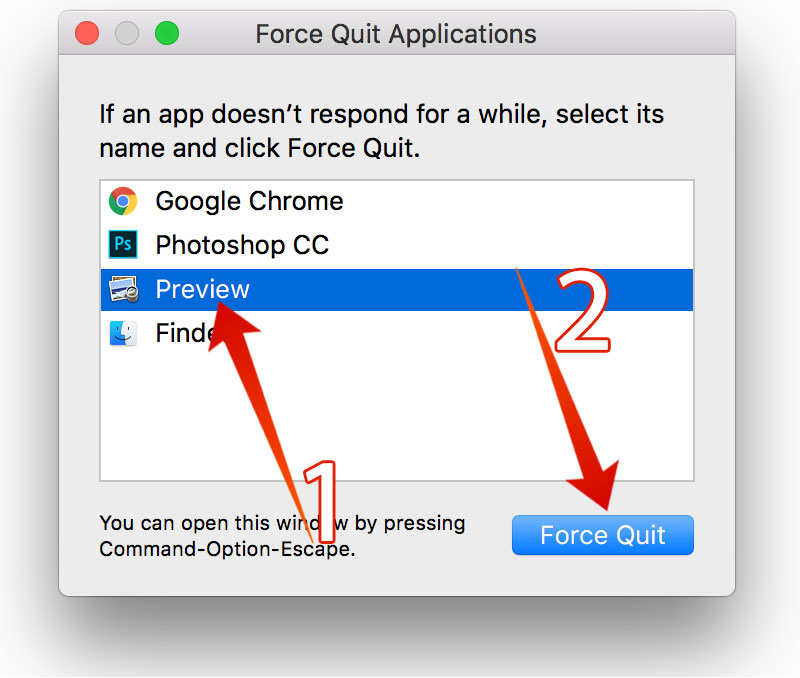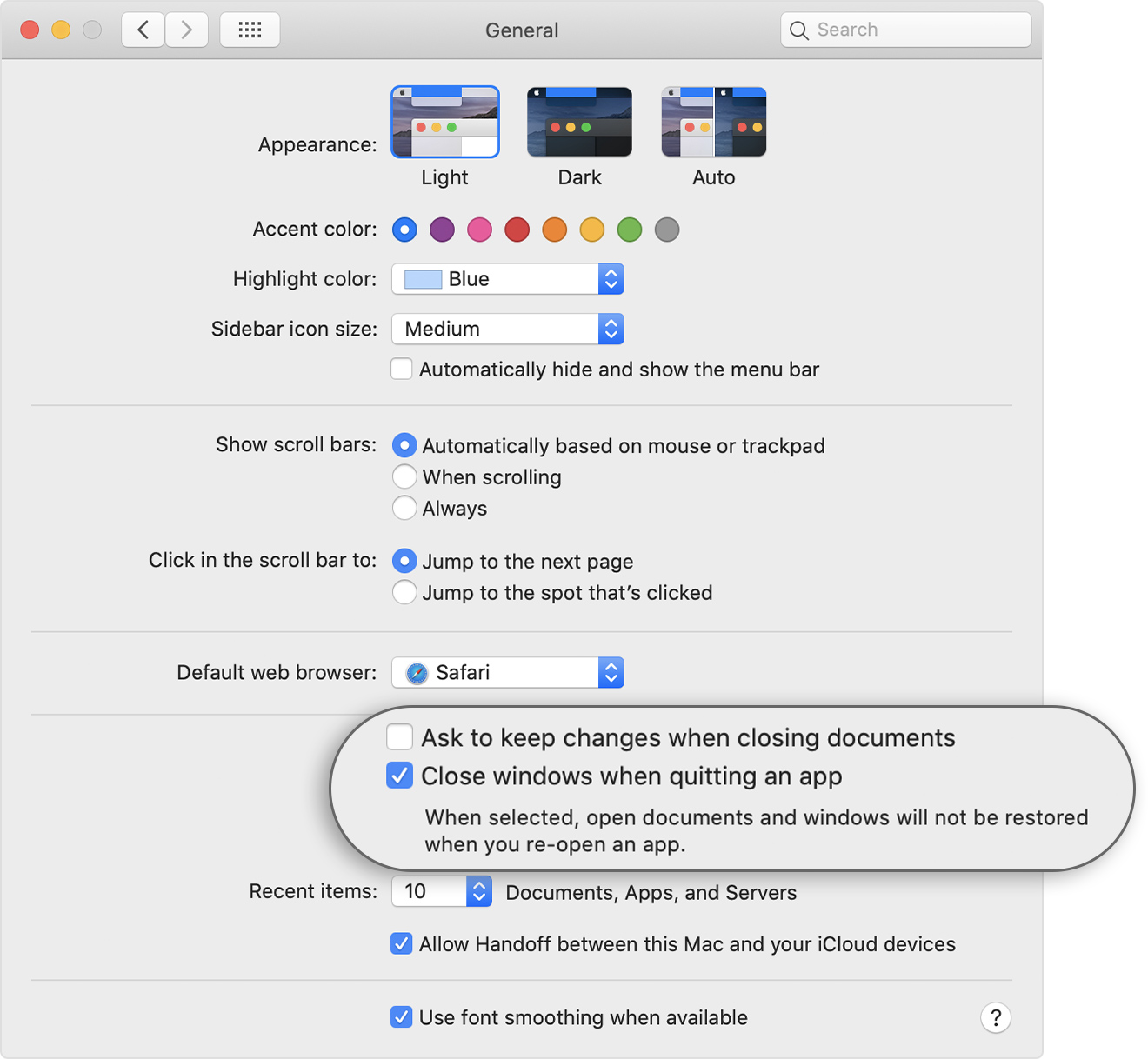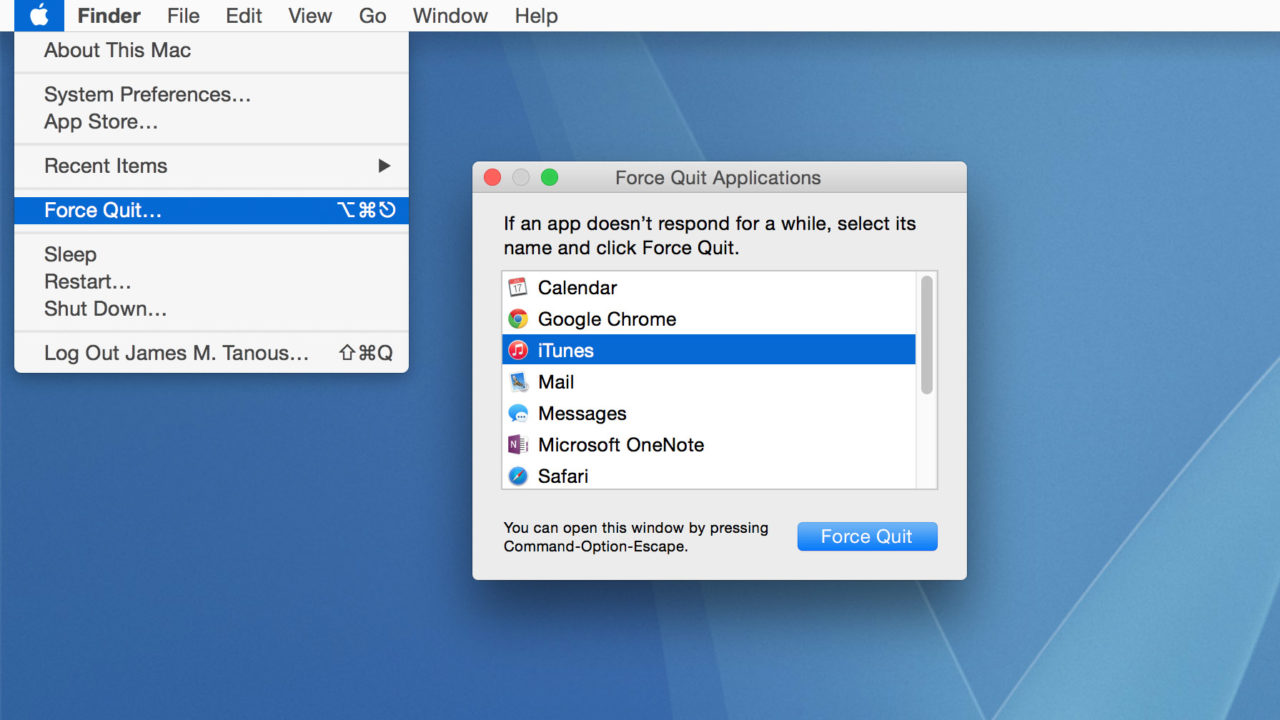- Stopping An App That Is Mac Says Is Open Source
- Stopping An App That Is Mac Says Is Opening
- Stopping An App That Is Mac Says Is Opened
- Stopping An App That Is Mac Says Is Openoffice
Delete the app preference file. Plist files can become corrupt when a Mac shuts down or restarts unexpectedly or when an app freezes or crashes. As a result, the app may not open. When you delete a bad preference file, the Mac creates a new plist file that contains all the app's defaults automatically. Some Mac users have discovered they are unable to open some applications downloaded from the Mac App Store. When attempting to open an impacted app in OS X, a message stating “Name.app is damaged and can’t be opened. If the same thing happens after the Restart, go to Settings, Apps, find Instagram and tap on it. Tap Clear cache. To clear data, go to Settings, Apps, select Instagram, and tap Clear data. After that, tap Force stop. Note: After selecting Instagram, you might need to tap Storage in order to access Clear cache and data options. How to Fix App has stooped open app again? Hi Viewers, If you're facing App has stopped and it said open app again nd again showing this error then this sho. We recently wrote about how you can prevent certain apps from opening automatically when you turn on your Mac. In this post we will do the opposite, as here you will find instructions on how to configure OS X to open certain apps automatically as soon as you login into your user account.

Back up your library
Before following any of these steps, it's a good idea to create a backup of your photo library, even if you use iCloud Photos. You can use Time Machine, use a third-party backup solution, or copy the library to an external drive. By default, your photo library is stored in the Pictures folder within your home folder.
Make sure that your software is up to date
Photos is part of the Mac operating system. You can avoid or fix many issues by running the most up-to-date version of macOS. Learn more about updating the software on your Mac.
If you use RAW images in Photos, learn more about the digital camera RAW formats supported by iOS, iPadOS, and macOS.
If you have trouble migrating an existing iPhoto or Aperture library to Photos
You might see an alert message when you first open Photos or migrate an existing iPhoto or Aperture library. Learn what to do if Photos can’t copy or create a library.
If the Media Browser isn't showing your photos and videos
Use the Media Browser to make images from your photo library available in other apps, like Pages and iMovie. The Media Browser shows only the contents of the Photos library designated as the System Photo Library. If you have more than one Photos library—and the one you're using isn't set as the System Photo Library—the Media Browser won't show its contents.
Follow these steps to designate the current library as the System Photo Library:
- Choose Photos > Preferences.
- Click the General button at the top of the Preferences window.
- Click Use as System Photo Library.
If you're having other issues with Photos
If you're experiencing other issues—like missing or blank photo thumbnails, unexpected behavior, or if Photos won’t open—try to see if it's an issue with your library by following these steps.
Create a new Photos library and see if your issues persist:
- Quit Photos.
- Press and hold the Option key while you open Photos.
- In the dialog that appears, click Create New.
- Give your new library a name, then click OK. Note whether Photos opens successfully with this new library.
To return to your main Photos library, quit Photos. Then open it again while holding the Option key, select your main library, and click Choose Library.
Alternatively, you can open Photos in another user account on your Mac and note whether Photos opens successfully.
If Photos opens with the new library, or in a different user account, it might mean that there's an issue with your library. Follow the steps to use the Photos library repair tool on your main Photos library.
Stopping An App That Is Mac Says Is Open Source
Learn more

- Learn how to create and order print products like books or calendars in Photos with Project Extensions.
- Get help with iCloud Photos.
To quit (close) a Mac app normally, choose Quit from the app's menu in the menu bar, or press Command (⌘)-Q. If the app doesn't quit, follow these steps to force the app to quit.

How to force an app to quit
Stopping An App That Is Mac Says Is Opening
Press these three keys together: Option, Command, and Esc (Escape). Or choose Force Quit from the Apple menu in the upper-left corner of your screen. (This is similar to pressing Control-Alt-Delete on a PC.)
Then select the app in the Force Quit window and click Force Quit.
You can even force the Finder to quit, if it stops responding: Select Finder in the Force Quit window, then click Relaunch.
Stopping An App That Is Mac Says Is Opened
Learn more
Stopping An App That Is Mac Says Is Openoffice
How to force an app to close on your iPhone, iPad, or iPod touch.